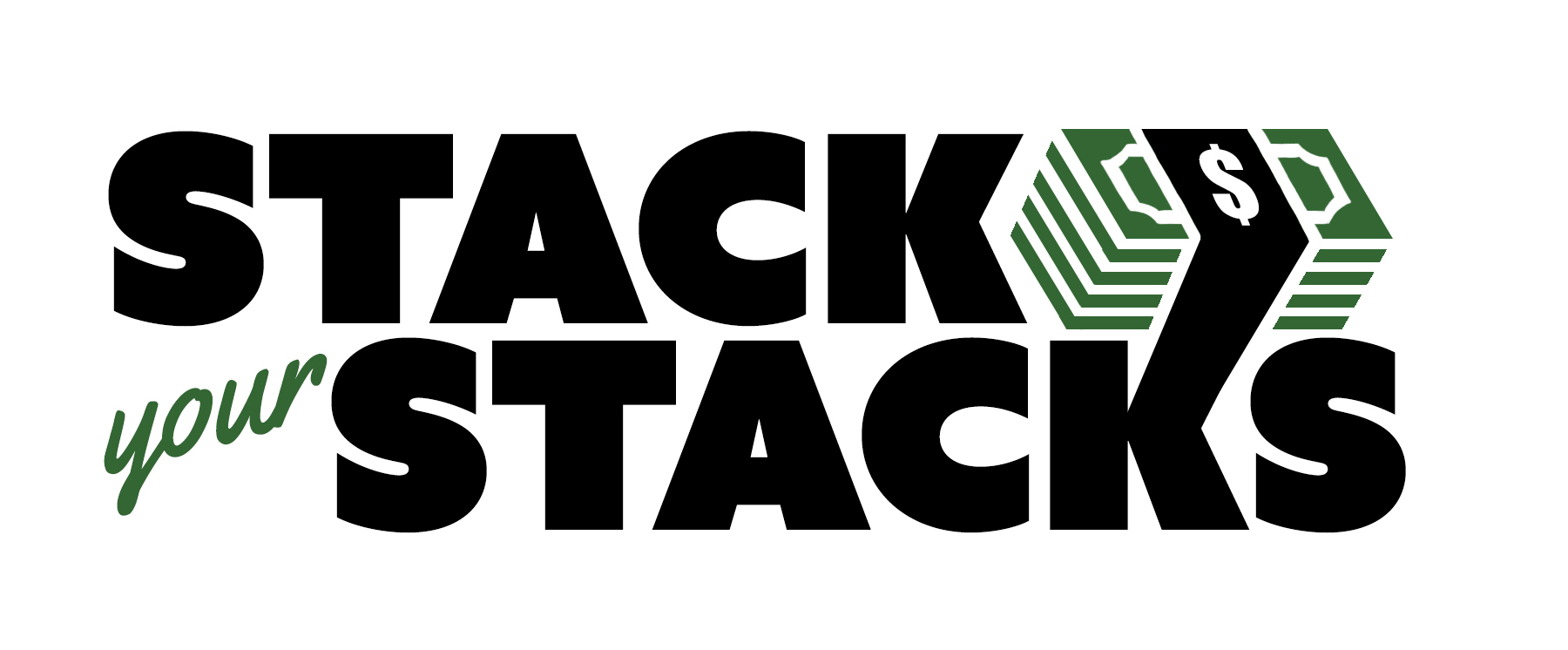The 30-30-30-10 Budget: What It Is and How It Can Help You Save
Ever feel like you’re working so hard but just not getting ahead financially? You’re not alone. A lot of people feel like they’re just spinning their wheels when it comes to their money! The first step to taking control of your finances is implementing some form of a budget. The 30-30-30-10 budget is one strategy that may resonate with you.
Disclaimer: This post is for educational purposes only and should not be construed as financial advice.

What is the 30-30-30-10 Budget?
This method can be super helpful for beginners. It allocates your income into four key spending categories:
Housing: 30%
The first category is housing, which includes your mortgage or rent payment, property taxes, and insurance. This should ideally comprise no more than 30% of your monthly net pay.
For example, if you take home $3,000 per month after taxes, you would want to keep your housing costs at or below $900.
Living Expenses: 30%
The second category is living expenses. This includes all of your necessary expenses like groceries, gas, utilities, basic clothing, and other items that provide for a standard quality of life. This category would also include things like daycare costs.
As with the other categories, this should ideally be no more than 30% of your monthly net pay using this budget methodology. In our example that would be $900 per month.
Savings, Investments, and Debt Payoff: 30%
The third category is savings and debt repayment. The specific breakdown between those two buckets will depend on your current financial journey.
For example, if you have numerous credit card debts, student loans, car loans, or other debt, you may build your emergency fund and then throw all the extra money at that debt. On the flip side, if you are consumer-debt free, you might choose to funnel all of this category into retirement investments (after you build your emergency fund).
(While this savings amount may seem high, it is lower than some other methods of budgeting, like the 60-30-10 budget).
Fun Money: 10%
The fourth and final category is fun money. This is the money you’ll set aside each month for any discretionary spending money. For example, this could cover eating out at restaurants, movie dates, travel, and other wants.
For our example budgeter with a monthly net pay of $3,000, this would mean having up to $300 per month – 10% of their income – for these items.

Example of a 30-30-30-10 Budget
Using our example of a family that’s bringing home $3000/month, here is a more thorough breakdown of what this monthly budget might look like in a lower cost of living area:
Housing: $900 (30%)
- Mortgage payment (including property taxes): $800
- Insurance: $100
Living Expenses: $900 (30%)
- Food: $400
- Gas (stove and heat): $100
- Electric: $150
- Gas (car): $100
- Clothes/toiletries: $50
- Internet: $50
- Cell phone: $50
Savings, Investments, and Debt Repayment: $900 (30%)
- Credit card debt payoff: $300
- Savings (emergency fund, future house/car repairs): $400
- IRA: $200
Fun Money: $300 (10%)
- Dinner out 2x/month: $150
- Date night 1x/month: $50
- Fun activity with the kids 1x/month: $50
- Vacation fund for summer road trip: $50
What if one category doesn’t require as much money?
If you’re in the lucky situation where one of your key categories doesn’t require as much, you can choose where to funnel that extra money based on your values and financial goals.
For example, perhaps you are frugal with living expenses, and those only account for 20% of your income rather than 30%. You could choose to place that extra 10% into your savings/debt bucket, or you might put it towards your fun money for a yearly vacation.
Pros and Cons
Like any budgeting method, the 30-30-30-10 budget has its pros and cons.
On the plus side, this budgeting method allows you to direct a large chunk of your income towards debt repayment, savings, and/or investments. By allocating a full 30% of your take-home pay to this category, it allows you to make fast and steady progress towards your financial goals.
However, this budget method is not feasible for everyone. For those living in high cost of living areas, or those with large childcare costs, it may simply not be feasible to follow these percentages.
Where I live in Massachusetts, following this budget would be challenging for many families. (However, for families living in lower to moderately priced areas, this budget may be completely feasible to follow.)
For example, according to Zillow, the median rent in Boston, Massachusetts is $3,195 at the time of publish. If someone only allocates 30% of their take home pay for this, they’d need to be bringing home $10,650 after taxes to meet that benchmark. That’s over $127,800 per year post-tax, which would likely equate to a base salary of around $190,000 pre-tax/deductions.
Compare that with the average median household income in Boston, Massachusetts, which is only $76,298, according to the US Census Bureau.
You can see there’d be a huge disconnect between the 30-30-30-10 budget methodology, and the realities of many families living in this area that have to spend a higher percentage on housing costs.
As an aside, if you are living on a lower income in a HCOL area, look into affordable housing programs – like 40B housing in Massachusetts. This can drastically improve the amount of money you’re spending on housing costs.
There’s good news though – even if the percentages don’t align perfectly, starting to outline these categories and pay attention to your expenses in each will still have huge benefit.

How to Create a 30-30-30-10 Budget
If you’re interested in trying out this budgeting method, here are some steps to get started.
1. Figure out your monthly take home pay.
This is the amount of money that hits your bank account each month, after taxes and other deductions have been taken out. If you (and anyone else bringing money into the home) are a salaried employee, this is easy to figure out from your paystub.
If you’re self-employed or a gig worker, though, you may need to calculate some averages here, or base your budget around your lowest take home month.
2. Calculate the category breakdowns.
Look at your monthly income, and break it down into the four categories. As a reminder:
- Housing – 30%
- Living expenses – 30%
- Savings, investments, and debt payoff – 30%
- Fun money – 10%
3. Go back through the last few months of expenses.
Now that you have a general break down of how much should fall into each category, it’s time to look at how much actually does fall into each category based on your past spending.
Review the last several months of spending. As you look, first write down the different expenses that occur underneath each of the four categories. For example, your housing category might include mortgage, insurance, and property taxes. Your debt payoff might include four different credit cards you need to pay off. List out everything that comes up for each one.
Next, take the average monthly payments that you’ve spent, and assign them to each expense. Add up all the expenses and compare the total category spending to your calculation of the ideal amount in the last step.
4. Assess and set a strategy.
When comparing your past spending to your ideal 30-30-30-10 spending, look at any discrepancies between your goals and your history.
For example, maybe your goal is to only spend $900 on living expenses, but you realize you’ve been spending $1200 on average in the last few months.
From there, look at each expense in that category and figure out how you can reduce it. Could you carpool to work or ride your bike there instead of driving solo? Could you cook more meals at home using cheap foods to save money on eating out? Could you figure out ways to lower your Verizon bill to save money on your cell phone bill? (This article on frugal living hacks may be helpful!).
Or, could you increase your income by taking on a side hustle or selling things around the house, so you have more take-home pay to spend on these categories?
Don’t feel like you need to cut to the exact 30-30-30-10 percentages if that’s impossible for your situation, but set some goals that work for you and get you closer to your family’s financial goals.
5. Track your progress over time.
Keep tabs on how much you’re spending in each category, and whether that’s changing month to month. Regular financial check-ins can help you see what’s working for you, and where you might need to adjust your budget in the future.
The Bottom Line
The 30-30-30-10 budget is a great way to get a handle on your finances and start making progress towards your financial goals. It may not be the right fit for everyone though, particularly families in HCOL areas. But by breaking down your income into four different categories— housing, living expenses, debt payments and savings, and fun money —you can still gain awareness of your financial status and start making progress towards your goals, even if the percentages don’t match up perfectly.






